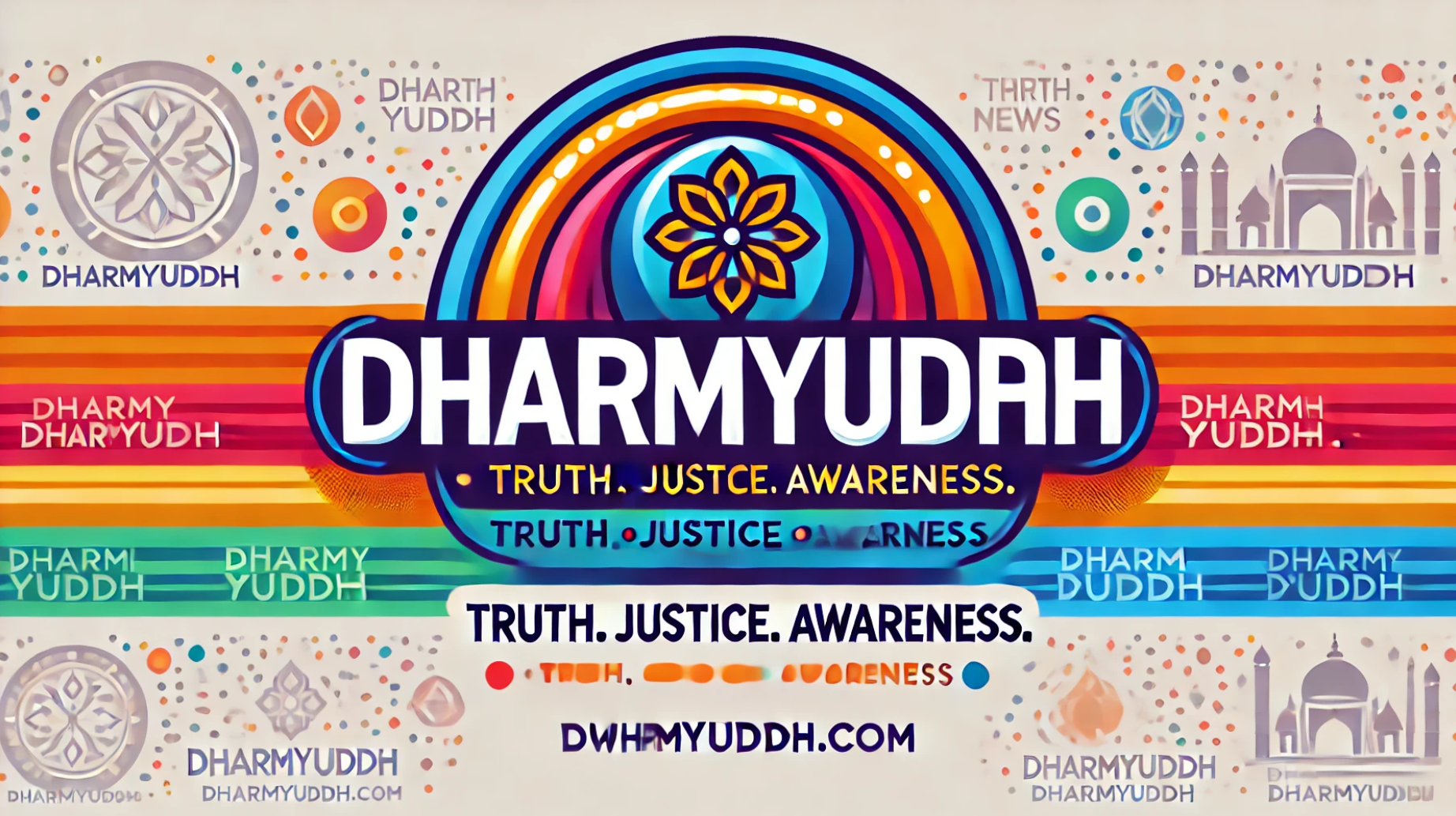Water level increasing in Mettur reservoir
Water level increasing in Mettur reservoir

Water Level Increasing in Mettur Reservoir
Breaking News, Daily Updates & Exclusive Stories - dharmyuddh
By Neha Sharma, Priya Gupta, and Aditi Verma - Team Dharmyuddh
Introduction
The water level in the Mettur Reservoir is witnessing a significant increase, raising both hopes and concerns among the local population and agricultural sectors. Located in Tamil Nadu, this critical reservoir is crucial for irrigation, drinking water supply, and hydroelectric power generation. The rising water level has sparked discussions regarding its impact on the local economy, agriculture, and flood management.
Current Situation
As of the latest reports, the water level in the Mettur Reservoir has risen to 118 feet, compared to the full reservoir level of 120 feet. The increase is attributed to recent monsoon rains and effective management of water resources by the concerned authorities. With a storage capacity of over 93.47 TMC (Thousand Million Cubic Feet), the reservoir plays a pivotal role in supplying water to the Cauvery Delta region, which is reliant on timely irrigation.
Impact on Agriculture
The rising water levels have rejuvenated agricultural prospects in the surrounding regions. Farmers are optimistic about the upcoming Kharif season, as the influx of water promises adequate irrigation for various crops including paddy, sugarcane, and other staples. However, it is crucial for farmers to remain vigilant regarding the reservoir's management and potential flood scenarios. Proper communication from local authorities will be key to ensuring that farmers can make informed decisions regarding their sowing and harvesting schedules.
Environmental Considerations
While the increase in water levels is generally seen as a positive aspect, environmentalists urge caution. The potential for flooding poses a threat to nearby settlements and agricultural land. It is vital for the district administration to establish effective flood monitoring and management systems. Local NGOs are also stepping in to raise awareness about the implications of rising water levels, urging people to adopt sustainable practices throughout the agricultural cycle.
Conclusion
As the water level continues to rise in the Mettur Reservoir, it opens doors to both opportunities and challenges. Balancing the needs for agricultural irrigation with flood safety measures will be crucial for local communities. Keeping residents informed and prepared will mitigate risks and maximize the benefits that come with increased water levels. For those interested in following the developments regarding the Mettur Reservoir and its impact on the region, stay tuned to updates from dharmyuddh. For more updates, visit dharmyuddh.com.







